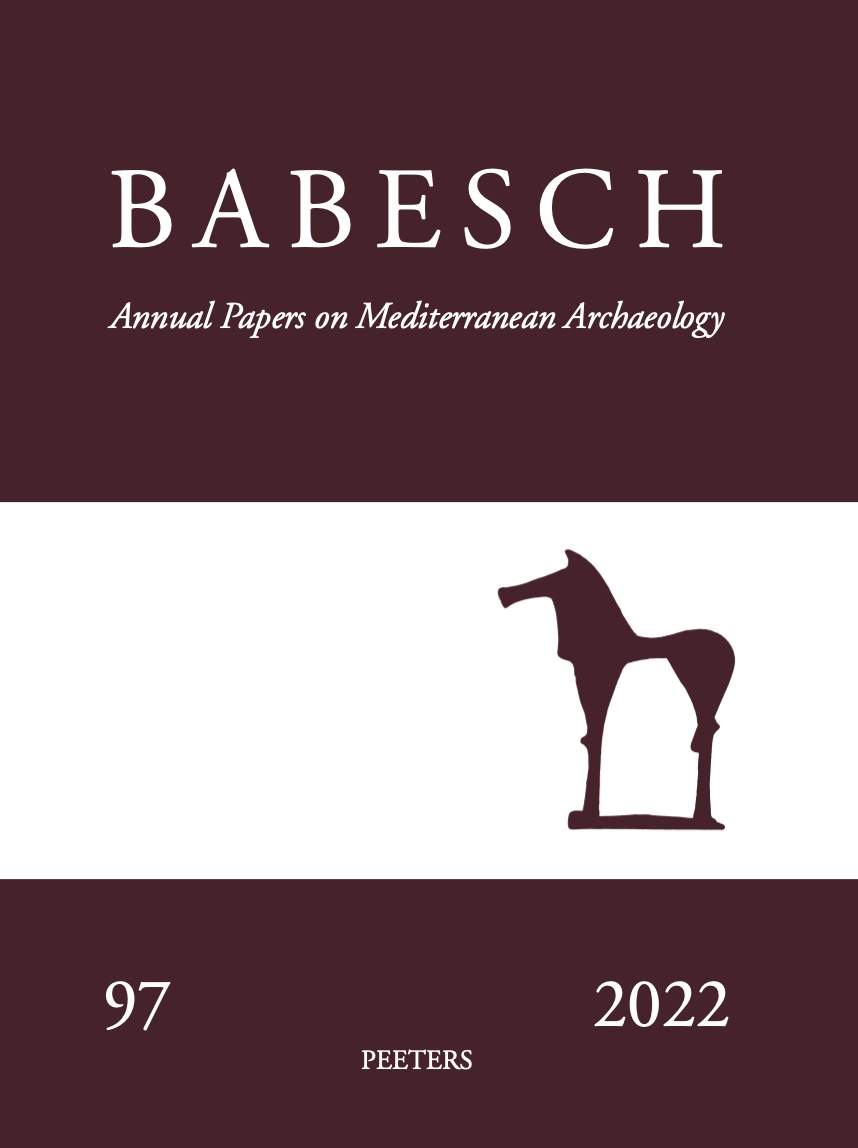 previous article in this issue previous article in this issue | next article in this issue  |

|
Document Details : Title: Der Spätarchaische Aphaiatempel von Aegina: Eine Besprechung von Bankels Buch Subtitle: A Review Article Author(s): DE WAELE, J.A.K.E. Journal: BABESCH Volume: 72 Date: 1997 Pages: 135-169 DOI: 10.2143/BAB.72.0.2002270 Abstract : The Isis sanctuary on the Campus Martius, usually referred to as Iseum Campense, was the most important temple of the goddess in Rome throughout the entire imperial period. The existence of the sanctuary is recorded in various literary sources, the most famous of which is Juvenal’s 6th satire which ridicules the followers of the Isis cult. Nothing of the architecture of the temple has survived today although from the Middle Ages onwards numerous objects were found on the site of the ancient sanctuary. The sculptural decorations of the temple thus were dispersed all over the city of Rome and to many museums. For instance the obelisk which adorns the Piazza Navona since the 17th century, together with Bernini’s fountain, originally belonged to the sanctuary and so do the lions flanking Michelangelo’s stairway leading to the Capitol. Also the well-known columns in the Capitoline Museum, depicting a detailed representation of an Isis procession, once belonged to the decoration of the sanctuary, as did the colossal statues of Nile, Tiber and Okeanos now in the Vatican Museum, the Louvre, and the Archaeological Museum of Naples. Although there remain no traces, in situ, of the architecture of the sanctuary, we can still visualize the groundplan of the temple with the help of the Forma Urbis Romae. On this marble city plan, dating from the reign of Septimius Severus, a damaged inscription has been preserved which is usually restored as ‘ISEUM ET SERAPEUM’. There are also illustrations on reliefs and coins which depict the temple and can provide information for a reconstruction. At the end of the last century Lanciani was the first to attempt a synthesis of all these data. Following new conclusions by Gatti regarding the groundplan, the sanctuary was discussed again by Malaise and Roullet in their reviews of Egyptian monuments in Italy and imperial Rome3. Yet we still know little about it, particulary in comparison to the temple of Isis at Pompeii, for example, a very modest sanctuary compared to the Iseum Campense. The Isis temple on the Campus Martius is not only important for the study of the topography of ancient Rome but it is also an important testimony for the confrontation of Roman and Egyptian culture and religion on Roman soil. A study devoted to the most important temple of the goddess Isis, who was so popular in the Roman world, is therefore very welcome. |
|
